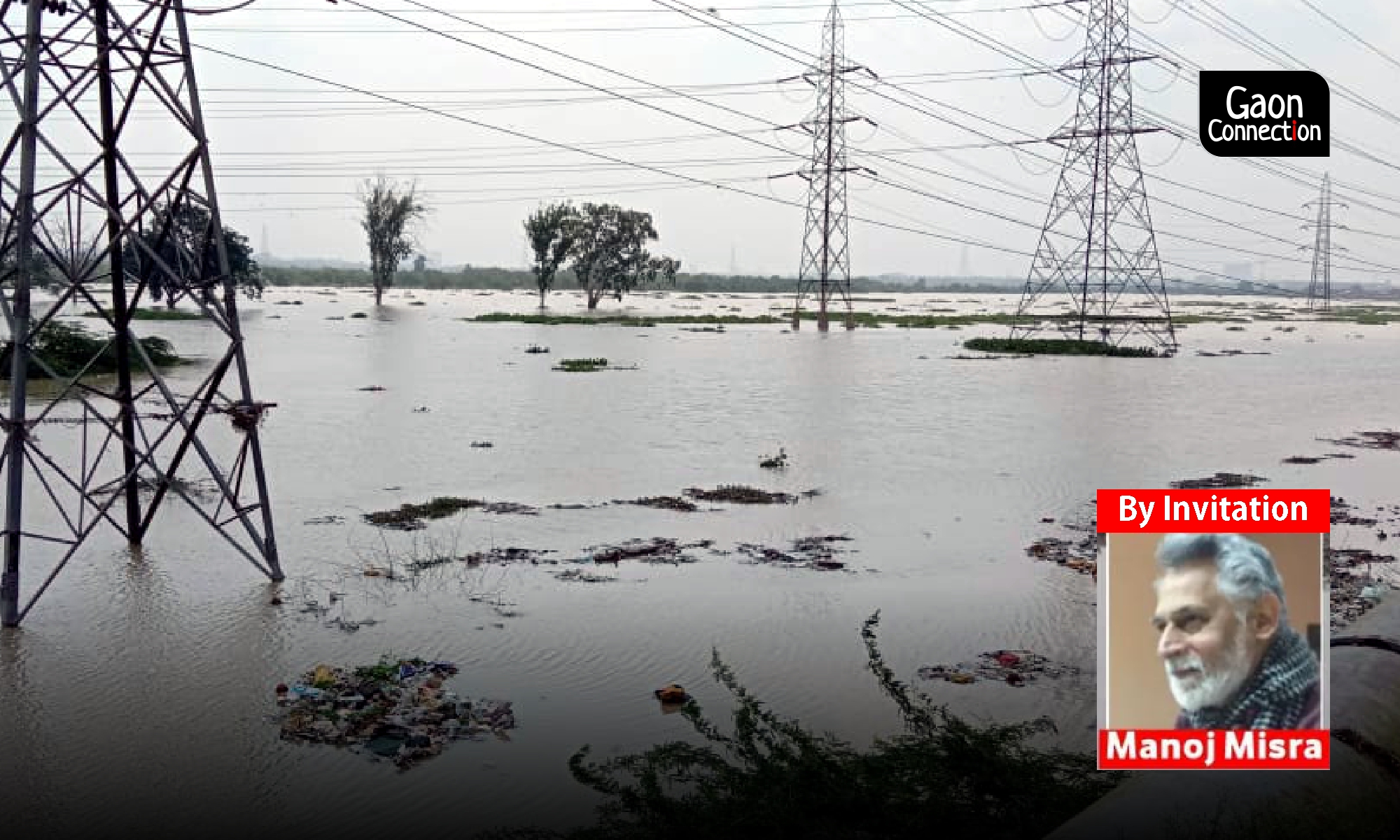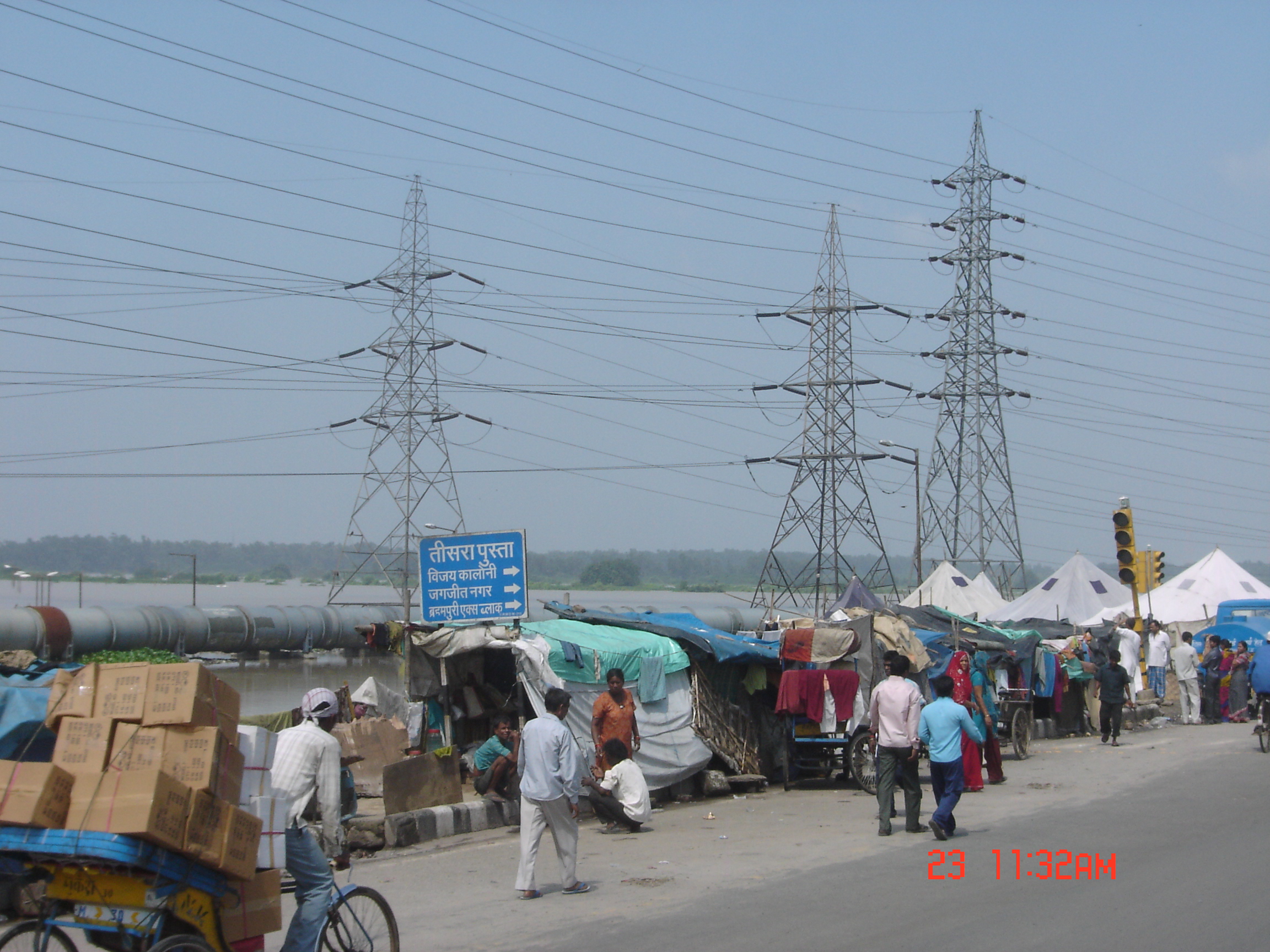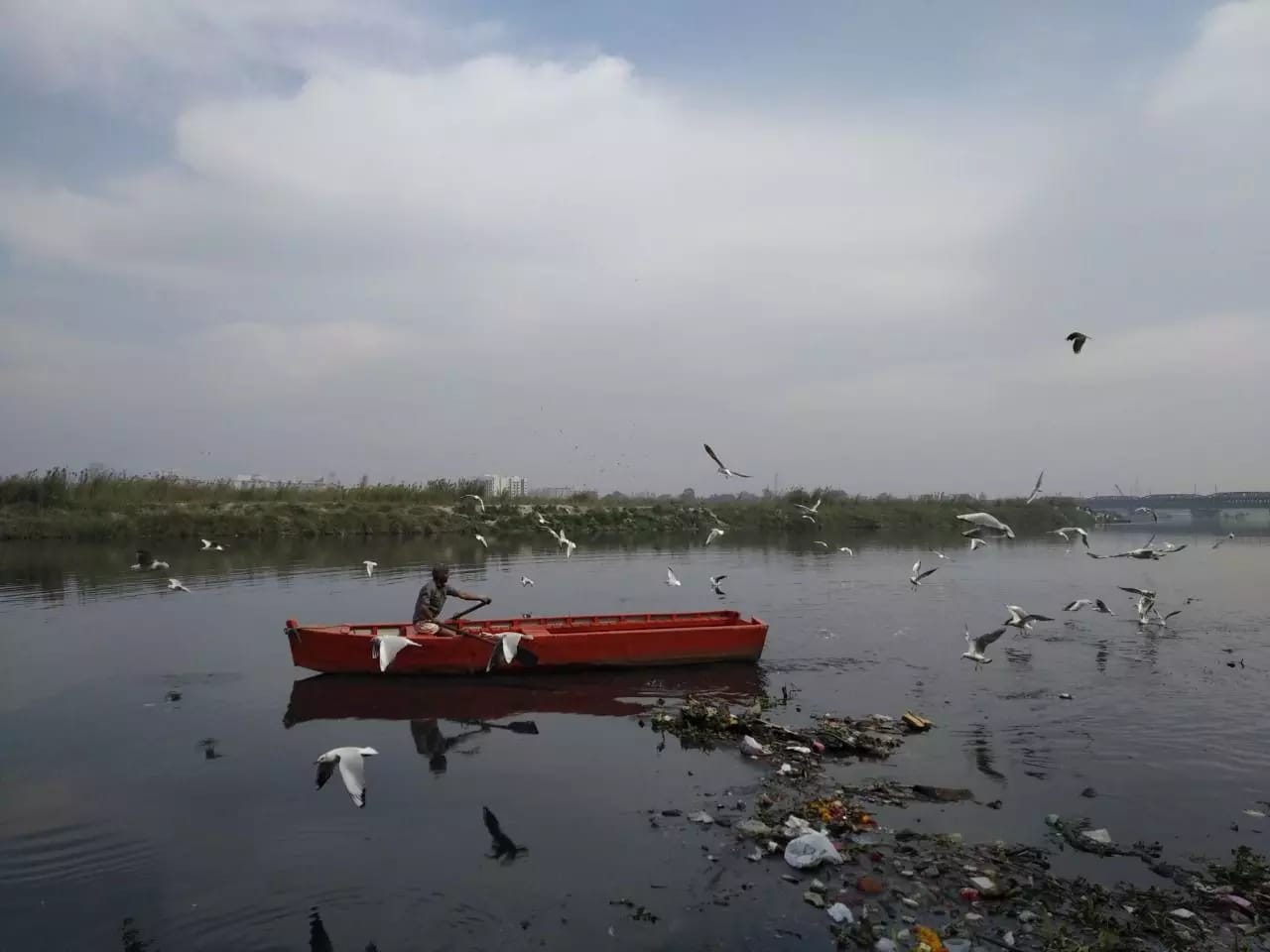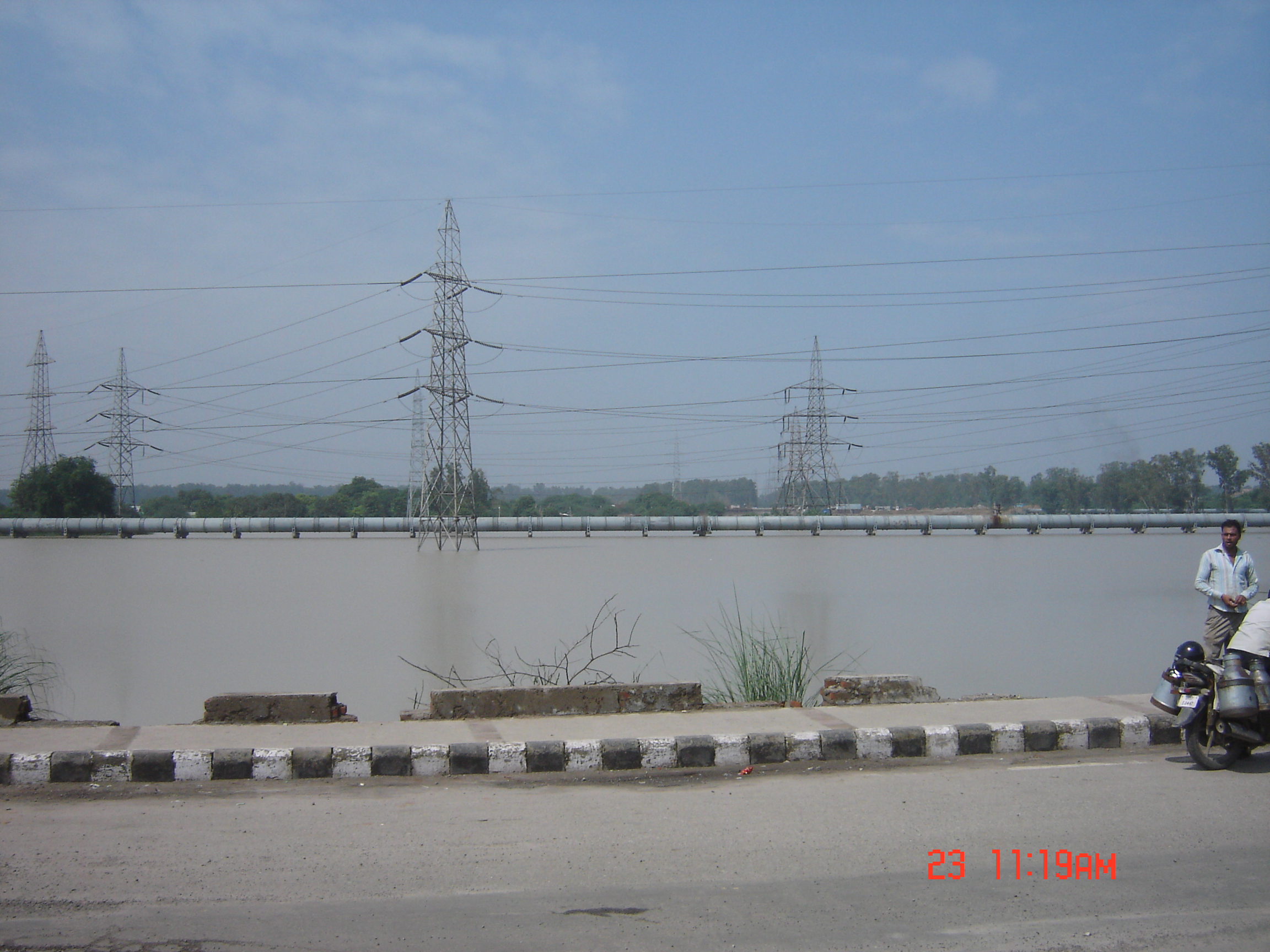It’s not right to create a sanitary landfill along the banks of the Yamuna river. This is why
Apart from being illegal, such a facility is an environmental disaster. The Yamuna river floodplain should not be made a sacrificial goat at the altar of short-sighted developmental needs


The Supreme Court directed the applicants to observe the law of the land, saying site allotment for a project is “not our job”. The National Green Tribunal (NGT) said the same thing: act in accordance with the law!
These observations came on the application of the East Delhi Municipal Corporation (EDMC) for clearance to a site in Yamuna riverbed in the North-East Delhi for raising a sanitary landfill and facility for processing of Municipal Solid Waste, a waste-to-energy plant and a construction and debris recycle plant. Unfortunately, the Delhi Development Authority (DDA) as well as two apex official scientific bodies, namely the Central Pollution Control Board (CPCB) and the National Environmental Engineering Research Institute (NEERI), have played foul in the entire unfortunate episode. Let me explain.
The Yamuna river in Delhi
The Yamuna river meanders North-South within the city of Delhi in the form of a 52-km linear strip with a maximum width of 3.5 km. The land falling within the jurisdiction of the National Capital Territory of Delhi (NCTD) and lying East of the river is popularly called ‘jamuna paar’ or East Delhi. Till not very long back, ‘jamuna paar’ was a godforsaken place since the topography of the city determined by the Delhi Ridge (the Northern extremity of the Aravali mountain range) and the river had given the city an Eastwards tilt, making the entire East Delhi floodable almost every monsoon.
As the city, post-Independence, grew rapidly, marginal bunds (embankments) were raised all along the Eastern and the Western banks to contain the flooding river. This left the river with some 9,700-hectare area, which is currently called “Zone O” (River Zone) in the Delhi’s Master Plan (MPD). Predictably, this entire stretch goes under floodwaters quite frequently; the most recent flood years having been 2008, 2010, 2011, 2013 and 2019, with 1978 being the reference 100 years floods. The predominant land use of this zone is naturally ‘river and water body’.
Any masterplan would thus in its wisdom not touch this ‘blue ribbon’ for any “developmental” activity. Although records show that despite obvious limitations, there have been misplaced developmental forays into this zone in the form of thermal power plants (since closed), Delhi Metro depots and Akshardham cultural centre and, most recently, in 2010 a games village (high-end residential property) raised for the Commonwealth Games.
But for the power plants, which came up in 1960s and 70s, all other ‘gnawing’ of the floodplains had been bitterly contested by various civil society groups, resulting in Zone O being declared in the MPD 2021 (Master Plan for Delhi) as a ‘no construction zone’, a status which on January 13, 2015 received a legal seal in the form of a National Green Tribunal (NGT) judgment, popularly called the ‘Maily se Nirmal Yamuna’ order. The NGT also mandated an expert body chaired by Professor CR Babu to prepare a floodplains restoration plan for the river zone in the NCT of Delhi and appended this plan integrally into its judgment. It also created a high-level committee called the ‘Principal Committee’, chaired by the Secretary of the Union Ministry of Water Resources, to oversee the implementation of the judgment. One thought that perhaps now was the Zone O (river zone) legally secured against developmental misadventures?

Too many cooks, but none to care for the river
Delhi as a city is a nightmarish case of too many cooks. It is the seat of the national capital. It has an elected government, which is responsible for a number of civic and administrative roles. But its land is owned and managed by a statutory authority called the Delhi Development Authority (DDA) that reports to the government of India through the Lt Governor and not to the city’s elected government. Additionally, there are five different municipal agencies — the North (NDMC), the South (SDMC) and the East Delhi Municipal Corporation (EDMC), the New Delhi Municipal Council and the Delhi Cantonment Board — all with distinct jurisdictions but with overlapping water, sewage and waste management roles. Worst is that among all these agencies, there is none that is responsible for the river or its contributing drains. There could not thus be a better recipe for diluted accountability, confusion confounded and obvious conflicts of interests as far as looking after the city’s lifeline river is concerned.
The EDMC eyes the floodplains
It is the DDA that does the land use planning for the entire National Capital Territory of Delhi in the form of a 20-year Master Plan, the latest in force being the Master Plan for Delhi 2021 (MPD2021). Delhi has been divided into 15 planning zones and there are zonal plans for each of these zones.
It is a strange irony and planning failure that East Delhi, which at one point was considered not fit for large-scale human habitation, is today at 37,743 persons per sq km having one of the highest human density in the city. It is full of chock-a-block unplanned colonies with little scope left for any planned developmental growth. It generates some 2,600 MT of municipal waste per day. Currently, all this waste is land filled at a site at Ghazipur in East Delhi.
It is hence an unpardonable lacuna in planning when the zonal plan for East Delhi (Zone E) does not even mention about how its municipal waste shall be managed during the period of the plan?
Against the above, now faced with a mounting solid waste disposal situation the East Delhi Municipal Corporation (EDMC) is eying land chunks in active floodplains of nearby river Yamuna to develop sites for locating there upon integrated municipal waste management facilities, including sanitary landfill, waste-to-energy, and construction and waste recycle plants.
The particular site in question is a 42.5 acres chunk of land in active floodplains in riverbed at village Ghoda Gujran in the North East Delhi.

A legal, environmental and civic wrong
For a polluting facility, like a landfill or a waste-to-energy plant, appropriate ‘siting’ is a crucial decision. No wonder the Municipal Solid Waste (MSW) Rules 2016 provides for siting regulations as under:
“The landfill site shall be 100 meters away from the river, 200 meters from a pond, 200 meters from highways, habitations, public parks and water supply wells and 20 km away from airports or airbase. However, in a special case, landfill site may be set up within a distance of 10 and 20 km away from the airport/airbase after obtaining no-objection certificate from the civil aviation authority/ Air Force as the case may be. The Landfill site shall not be permitted within the flood plains as recorded for the last 100 years, zone of coastal regulation, wetland, Critical habitat areas, sensitive eco-fragile areas …”
Against the above, the fact on the ground is that the site in question is right within the riverbed; it carries water bodies within; it is less than 100 meters from densely populated human habitations and above all lies within floodplains as recorded for floods of less than 10 years intensity. As a matter of fact, the site went under deep floodwaters during the most recent floods in August 2019. (see pics).
The matter has been considered and rejected on December 23, 2016, September 4, 2017 and again on October 17, 2017 by the NGT Principal Committee. The Committee was of the opinion that:
“…. EDMC may explore an alternate location as the proposed site lies within the 10- year flood plain zone of river Yamuna and has potential to create damage to the river ecology/ ecosystem. It was also highlighted that as per the provision of MSW Rules 2016, Schedule-I (A) para (vii), no SLF is allowed to be constructed in an active flood plain”.
“The EDMC had earlier proposed to construct the Integrated Solid Waste Management (ISWM) facility at Ghonda Gujran, which is falling in the floodplains of river Yamuna. The Committee had recommended to explore alternate location as it is legally prohibited to dump garbage on the active flood plain under the Solid Waste Management Rule and River Ganga (Rejuvenation, Protection and Management) Authorities Order, 2016”.
With such explicit adverse and legally untenable findings and glaring unsuitability of the site in question, it is highly regrettable and inexplicable that the Central Pollution Control Board (CPCB), an agency which is meant by law to oversee the implementation of the MSW Rules 2016, has, contrary to its neutral regulatory role, gone ahead and used the National Environmental Engineering Research Institute (NEERI) to do its dirty work and become an interested party in the matter by declaring the site is suitable for the EDMC needs as the site is not located on floodplains. The DDA, in turn, has allotted the site to the EDMC despite restraining findings of the NGT Principal Committee (of which ironically the DDA is a member) as well as the civil society activists crying themselves hoarse on the illegality and wrongness of it all?
It is well known that apart from being illegal, such a facility in active floodplains is a potential environmental disaster for it shall remain a source of sustained pollution of the surface and groundwater through leachates as well pollution of the soil and the ambient air, courtesy fly ash and other emissions from the waste to energy and C&D processing plant.
Moreover, there are colonies with high population density located right across the East marginal bund and the old villages of Garhi Mandu and Usmanpur are located on the North and South of the site in question. Thus, the facility shall become a civic nightmare for the people of these colonies and villages.

Landfills and waste-to-energy is not the way forward in the 21st century
Admittedly, Delhi, and in particular East Delhi, has a serious waste management problem at hand. The situation has got compounded with past planning mistakes and eagerness of relevant authorities to resort to short-cut methods like landfills and waste-to-energy plants etc. The worst is that even apex scientific bodies like the Central Pollution Control Board and NEERI are open to lying in a brazen manner to achieve illegal and environmentally-dangerous and socially unacceptable ends.
It is not that the EDMC cannot manage its waste without a landfill or a waste to energy plant. There have been other cities of comparable sizes, like Surat and Indore, that have done it and shown the path. Let the EDMC learn from them.
Whatever, the Yamuna river floodplains cannot be made a sacrificial goat at the altar of short-sighted developmental needs of any agency or person. Period!
Manoj Misra is a former forest officer and the convener of the ‘Yamuna Jiye Abhiyaan’ (Living Yamuna Campaign), a civil society consortium.
(Views are personal)

